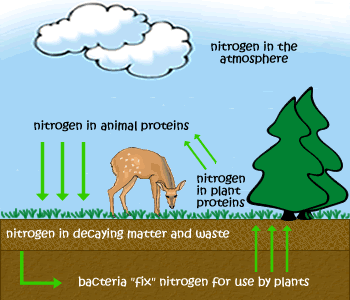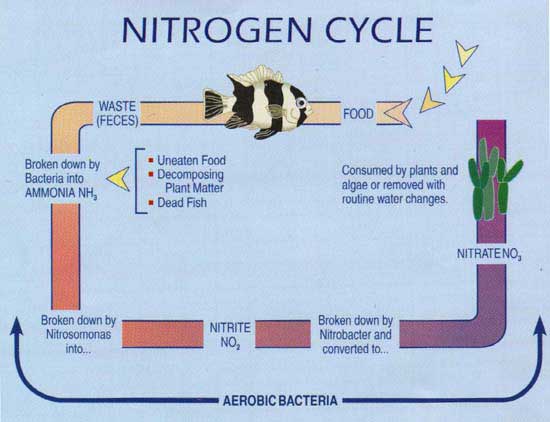
The Ultimate Guide to Understanding Koi Pond Nitrogen Cycle
Introduction
The koi pond nitrogen cycle is an essential process that occurs in every pond environment. This process is necessary to maintain a stable and healthy ecosystem in which koi fish can thrive. Without proper care and attention, high levels of harmful chemicals can accumulate in a koi pond, leading to the death of fish and other aquatic life.
What is the Nitrogen Cycle?
The nitrogen cycle is a natural process that occurs in all aquatic environments, including koi ponds. It begins with the introduction of ammonia into the water, which can come from multiple sources such as fish waste, uneaten food, or decaying plants. Ammonia is highly toxic to fish, and it needs to be converted into less toxic compounds before it can be safely eliminated from the pond.

Beneficial Bacteria
The first stage of the nitrogen cycle involves the growth of beneficial bacteria that convert the toxic ammonia into nitrite. Nitrite is also harmful to fish, but it is less toxic than ammonia. These bacteria colonies establish themselves within the biofilter in a koi pond, so it’s essential to have a well-maintained filter to support their growth and proliferation.

Nitrates
In the second stage of the nitrogen cycle, another species of bacteria oxidizes the nitrite into nitrate. Nitrate is far less toxic to fish than nitrite, but it can still be harmful if it accumulates in high concentration. The main way to reduce nitrate levels in a koi pond is through the use of aquatic plants. Plants absorb and utilize nitrates as a nutrient source, which helps to maintain a healthy balance of chemicals in the water. Additionally, regular water changes can help to keep nitrate levels in check.

Maintaining the Nitrogen Cycle
Maintaining the nitrogen cycle in a koi pond requires regular monitoring of water parameters and proper care and maintenance of the biofilter. It’s crucial to test the water periodically to ensure that ammonia and nitrite levels are within safe parameters. Additionally, the biofilter should be cleaned and maintained regularly to promote the growth of beneficial bacteria. One way to boost the growth of beneficial bacteria is to add a bacterial supplement to the pond regularly.
Fish Health
One of the most critical reasons to maintain the nitrogen cycle is to ensure fish health. High levels of ammonia and nitrite can cause stress and illness in fish, leading to reduced growth rates, bacterial infections, and even death. By properly maintaining the nitrogen cycle and water parameters, you can help prevent these health issues from occurring.

Conclusion
In conclusion, understanding the nitrogen cycle is crucial for maintaining a healthy and stable koi pond environment. With proper care and attention, you can help ensure the health and longevity of your fish and other aquatic life. Regular testing of water parameters and maintenance of the biofilter are essential steps to maintaining the nitrogen cycle, and adding aquatic plants can help reduce nitrate levels. By following these guidelines, you can create a beautiful and healthy ecosystem that your koi fish will love to call home.